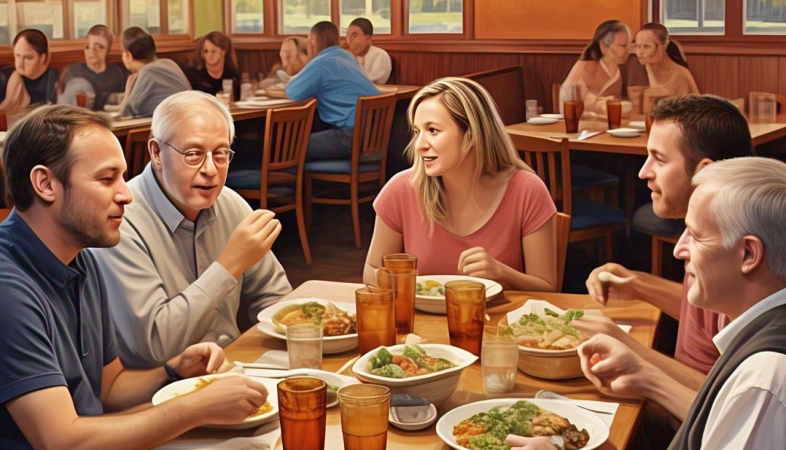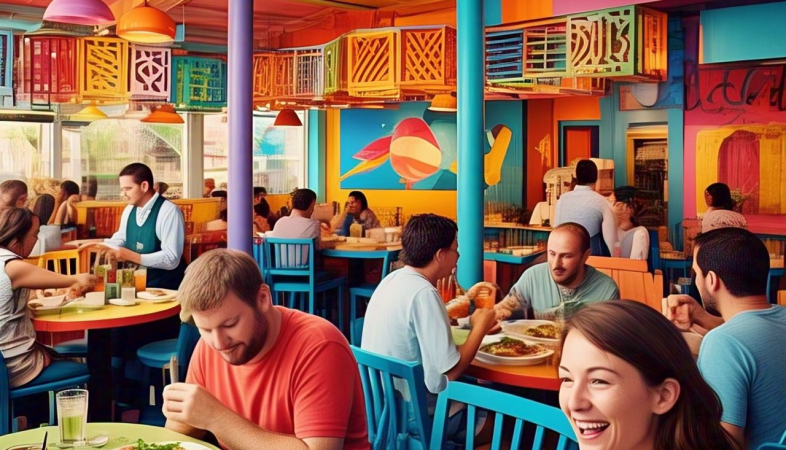Cashier-Less Dining: Are Self-Checkout Restaurants the Future?
As consumer expectations continue to evolve, self-checkout restaurants will likely play a growing role in the food service industry.
The restaurant industry is undergoing a major transformation with the rise of cashier-less dining. As automation and digital solutions continue to reshape customer experiences, self-checkout restaurants are emerging as a viable alternative to traditional dining establishments. By eliminating cash registers and human cashiers, these restaurants streamline transactions, reduce wait times, and offer guests a more efficient way to enjoy their meals. But is this the future of dining, or just a passing trend?
Self-checkout restaurants rely on advanced technology, including AI-powered kiosks, mobile payment apps, and RFID or QR-code tracking systems, to allow customers to order and pay with minimal staff interaction. The model is already gaining popularity in fast-casual and quick-service restaurants, where speed and convenience are key priorities. Customers can browse digital menus, customize their orders, and pay instantly through their smartphones or self-service terminals, reducing the need for long lines at a cashier’s counter.
One of the primary advantages of this system is efficiency. With fewer human touchpoints, restaurants can serve more guests in less time, leading to higher table turnover and increased revenue. This model also addresses labor shortages in the hospitality industry, as it reduces the need for front-of-house staff dedicated solely to handling transactions. Instead, employees can focus on enhancing food quality, maintaining cleanliness, or improving customer service in other ways.
Another significant benefit is the improved accuracy in order processing. Digital ordering systems minimize the risk of human error, ensuring that customers receive exactly what they request. Additionally, integrated payment systems reduce the chances of discrepancies in billing, enhancing overall transparency and customer trust.
However, despite these advantages, cashier-less dining is not without challenges. One major concern is the potential loss of human interaction, which remains a crucial part of the hospitality experience. Many guests appreciate the warmth of personalized service, and some may feel disconnected in a fully automated setting. Moreover, technology-driven dining requires customers to be comfortable with digital systems, which may not appeal to all demographics.
Security and fraud prevention are also key considerations. As self-checkout restaurants rely heavily on digital transactions, there is an increased need for robust cybersecurity measures to protect customer data and prevent unauthorized access. Restaurants investing in cashier-less models must ensure that their payment platforms are encrypted and regularly updated to maintain security standards.
The rise of cashier-less dining raises important questions about the balance between efficiency and customer experience. While automation undoubtedly offers convenience and cost-saving benefits, the hospitality industry must carefully integrate these technologies without compromising the personal touch that defines a great dining experience.
As consumer expectations continue to evolve, self-checkout restaurants will likely play a growing role in the food service industry. Whether they become the dominant model or remain a niche option depends on how well restaurants can blend automation with hospitality. The future of dining may not be entirely cashier-less, but it will certainly be shaped by technology-driven solutions that prioritize speed, efficiency, and convenience.
.png)



















 at ITC Hotels.jpeg)








